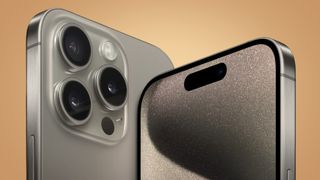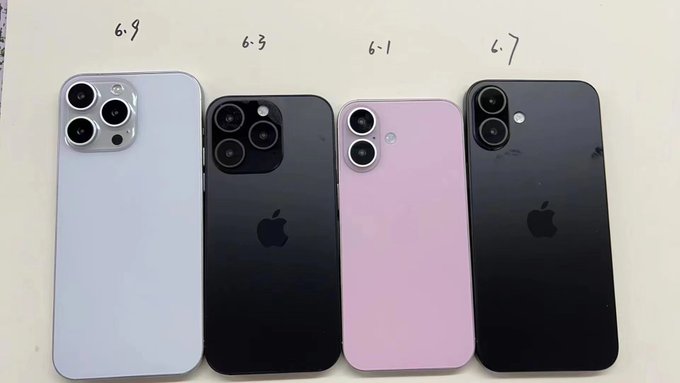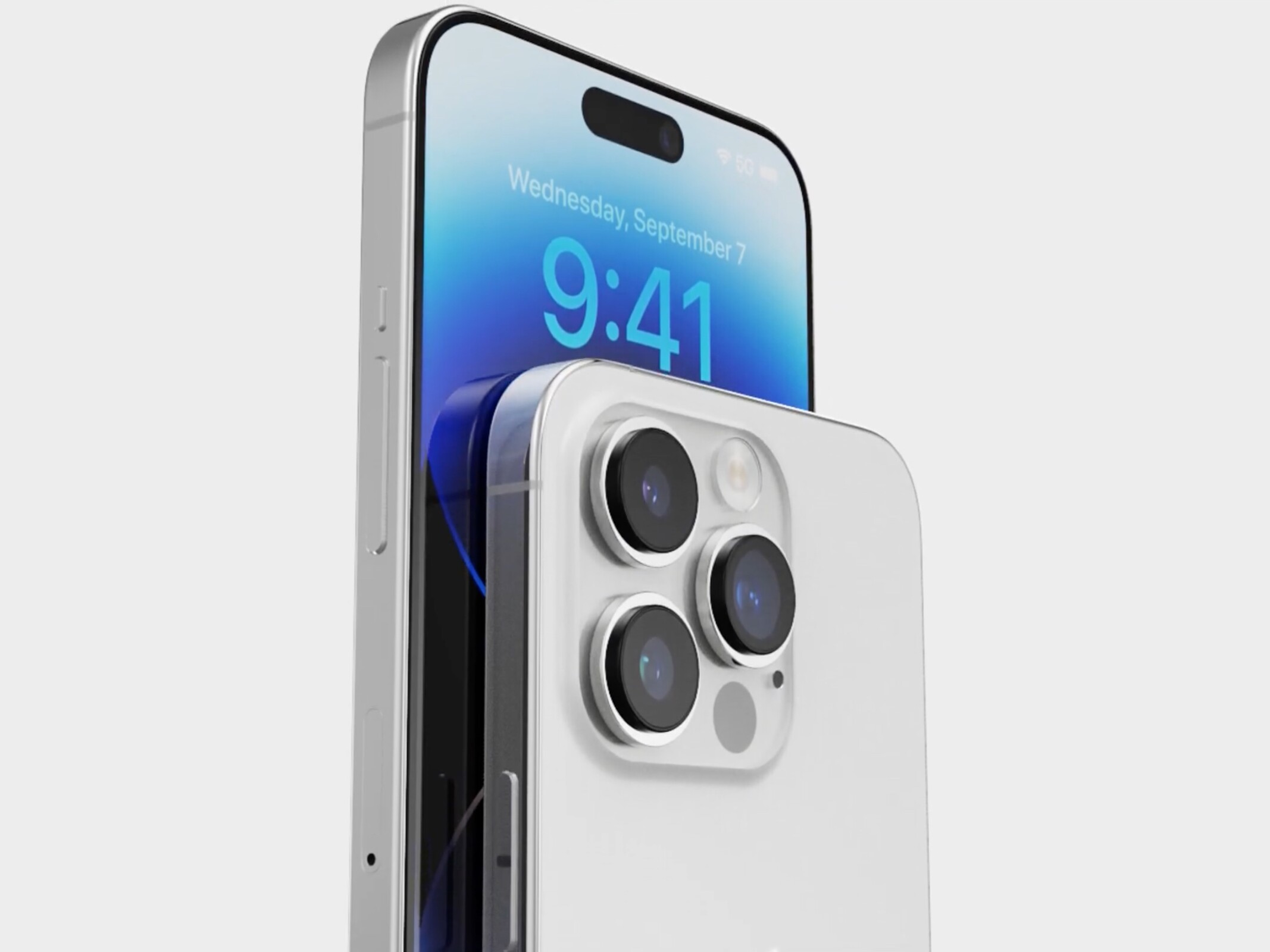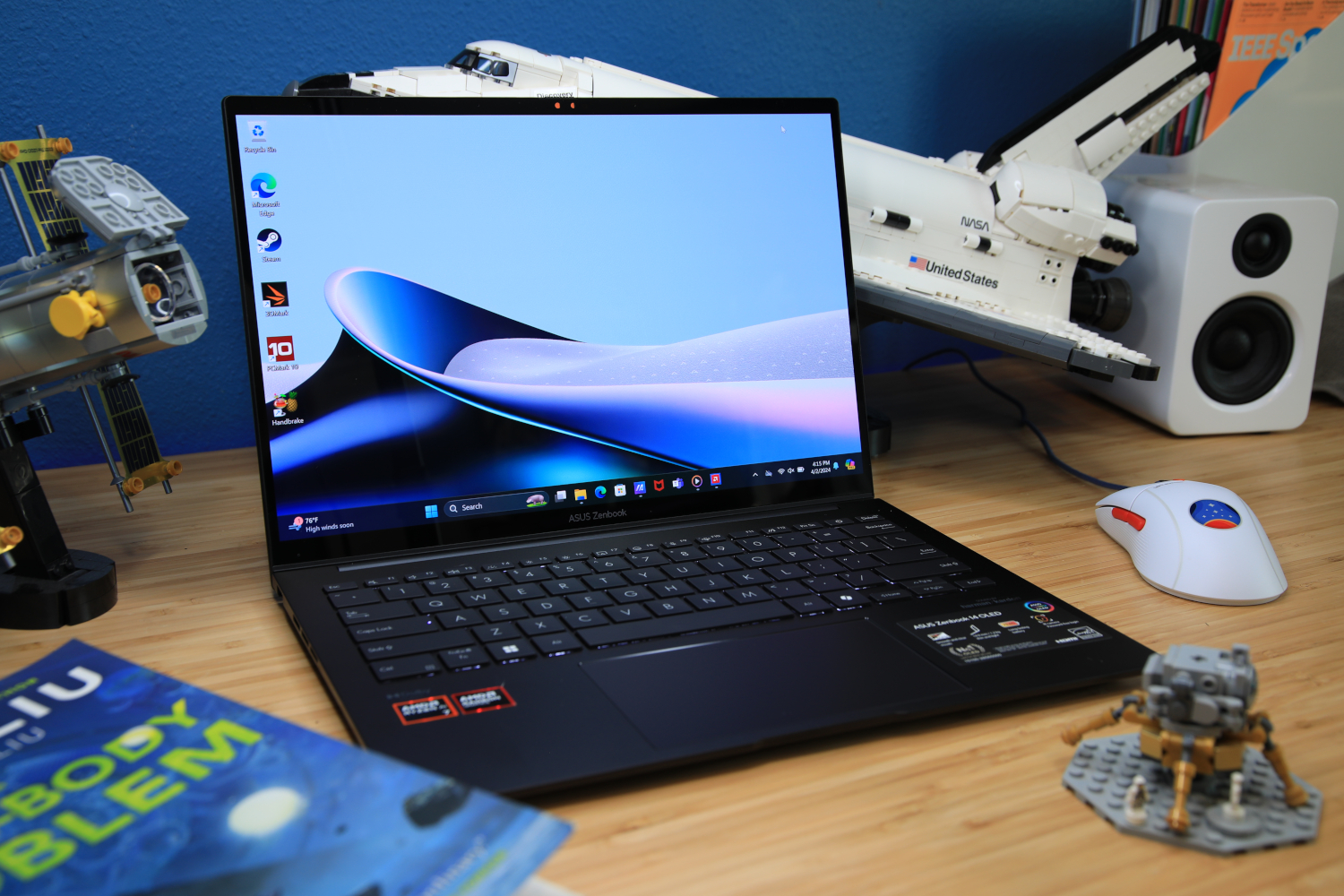The rumored specs of the iPhone 16 Pro and iPhone 16 Pro Max

Apple has confirmed that its next major product showcase will take place on September 9. Titled ‘It’s Glowtime’, the event will almost certainly bring official news of the iPhone 16 lineup, which we expect to include the iPhone 16, iPhone 16 Plus, iPhone 16 Pro, and iPhone 16 Pro Max.
We reckon we’re not the only ones looking forward to seeing the official specs of Apple’s highest-end smartphones, as the iPhone 14 Pro Max and iPhone 15 Pro Max were the two best-selling smartphones worldwide in 2023.
If, as we predict, resource-heavy AI in the form of Apple Intelligence lands on the iPhone soon, it will be crucial for Apple to ensure that its very best iPhones have the power to handle these new features.
Naturally, leaks and rumors regarding the spec sheets of the iPhone 16 Pro and iPhone 16 Pro Max have been circulating for a while, and below, we’ve rounded up the most relevant predictions regarding Apple’s next powerhouse phones.
>>>A2830 Battery for Apple iPhone 14 Pro Max
Incremental internal upgrades
We expect to see some changes to the iPhone 16 Pro and iPhone 16 Pro Max in the chipset and storage capacity departments, but nothing as revolutionary as on the software side of things.
The new Pro iPhones will likely receive a new ‘A18 Pro’ SoC, offering a boost in performance when compared to the A17 Pro chip found in the previous generation, especially when it comes to AI.
According to Geekbench, the iPhone 15 Pro saw an 11.4% increase in single-core CPU performance and a 7.5% increase in multi-core CPU performance compared to the iPhone 14 Pro, with similar changes for the Pro Max.
If the trend continues, we can expect a small but noticeable improvement in performance for the supposed ‘A18 Pro’ – we will, of course, do our own testing once we have the new iPhones in-hand.
As for RAM, we aren’t expecting any change from last year, and one leak even specifically paired the A18 Pro with 8GB of RAM. This has raised questions over the iPhone 16 Pro’s ability to handle AI, though with the iPhone 16 and 16 Plus tipped to match the Pro models at 8GB of RAM, it could just be that Apple Intelligence is optimized for this amount of memory.
There may be a bit more movement when it comes to storage. We expect to see the same 128GB, 256GB, 512GB, and 1TB options present, though one leaker with a mixed record suggests a 2TB option will join the lineup.
It’s worth noting that the iPhone 16 Pro Max will likely continue to eschew the 128GB option its smaller sibling starts with, and instead come with 256GB as a minimum.
>>>A2866 Battery for Apple iPhone 14 Pro
Bigger screen, bigger battery
The iPhone 16 Pro and iPhone 16 Pro Max will probably still sport OLED panels with a 1-120hz adaptive refresh rate (which Apple terms ‘ProMotion’), but there are some suggestions that the size of these panels could be changing.
In April, leaker Sonny Dickson shared images through X (formerly Twitter) which seemed to show prototypes of the iPhone 16 lineup, with the Pro models both measuring 0.2 inches larger than the previous generation.

This same amount – 0.2 inches – was suggested by another leak in October 2023. Other leakers suggest that part of the increase could be due to reduced bezels, which MacRumors proposed could be the thinnest ever on a smartphone.
We expect Apple will fill that larger frame with a slightly larger battery, with the iPhone 16 Pro’s battery increasing from 3,290mAh to 3,355mAh and the iPhone 16 Pro Max’s battery increasing from 4,422mAh to 4,676mAh.
Camera upgrades


(The iPhone 15 Pro Max Image)
In the case of the iPhone 16 Pro, this larger frame is also rumored to make room for a 5x telephoto lens inherited from the Pro Max, an improvement on the present 3x lens.
Any potential parity hinges on whether the iPhone 16 Pro Max will get the ‘super telephoto’ camera suggested by an old leak, which could finally allow Apple to challenge the 10x lenses used by Samsung and Huawei.
Other rumored iPhone 16 Pro camera upgrades include a larger sensor, a bump from 12MP to 48MP for the ultra-wide camera, a new artifact-reducing lens coating, and a ‘stacked camera’ design that could allow the capture of much more light. The front camera is unlikely to change, meaning any sharper selfies would be the product of better software or AI.
What happened at the last Apple Event?
- WWDC 2024 revealed big upgrades to iOS, macOS, wachOS and more
- Apple Intelligence is Cupertino’s push into AI
- A smarter Siri with generative AI powers
- Apple Vision Pro finally gets global launch dates
Apple’s last event was at the Worldwide Developers Conference on June 10, 2024. We’ve seen official updates for all of Apple’s major software platforms.
These include smarter features for iOS (and new game modes), more flexible fitness tools for macOS, and watchOS and… Errrm… Local calculator application for iPadOS 18. If you want to try out early versions of these updated operating systems, check out our guide on how to download the iOS 18 beta on your iPhone, and how to download the watchOS 11 beta on your Apple Watch.
But most notable was the release of Apple Intelligence, Apple’s big move into consumer-focused artificial intelligence; So bring AI tools and services to iphones, ipads, and Macs while keeping user data as private as possible.
With ChatGPT, Siri gains a lot of intelligence, allowing users to naturally talk to the virtual assistant and let it understand them better. On top of that, the smart Siri will be deeply integrated, allowing you to type questions into Siri and switch between voice and text by double-tapping the bottom of the screen.
When is the next Apple event or product reveal?
- Expect the iPhone 16 to debut on September 9
- The Apple Watch 10 could be revealed in the same month
- We could even see the rumored AirPods Pro 3 and AirPods Max 2
Apple has revealed that the next Apple event will take place on September 9, which is traditionally the timing when Apple reveals new iPhones. This event will start at 10am PT/1pm ET/6pm BST on September 9, 2024, which is 3am on September 10 AEST.
We expect to see the iPhone 16, iPhone 16 Plus, iPhone 16 Pro and iPhone 16 Pro Max. And we could also get a new Apple Watch, and maybe even the AirPods Pro 3 and AirPods Max 2.
Expect design changes and smart software tools and features for these devices.


